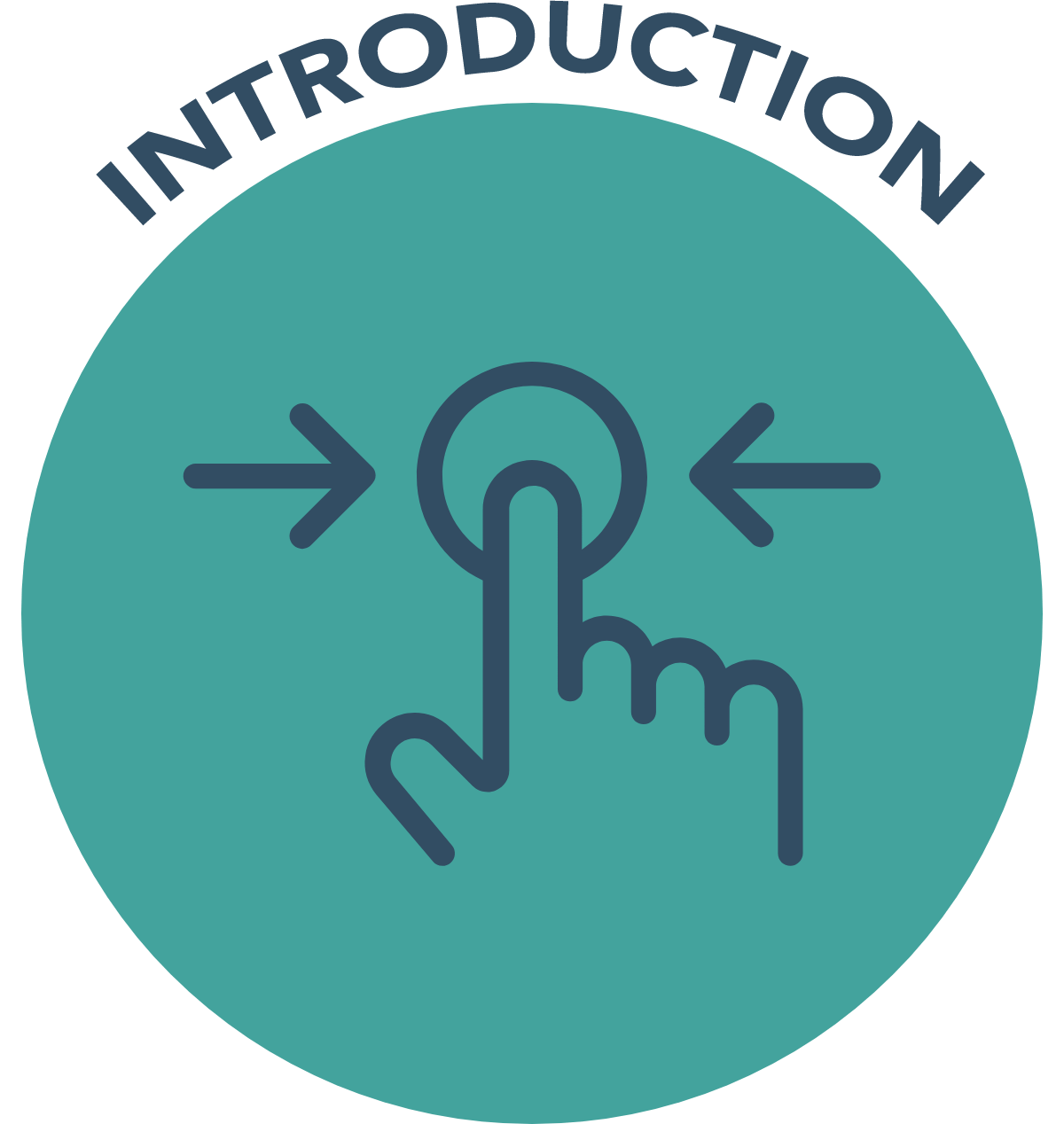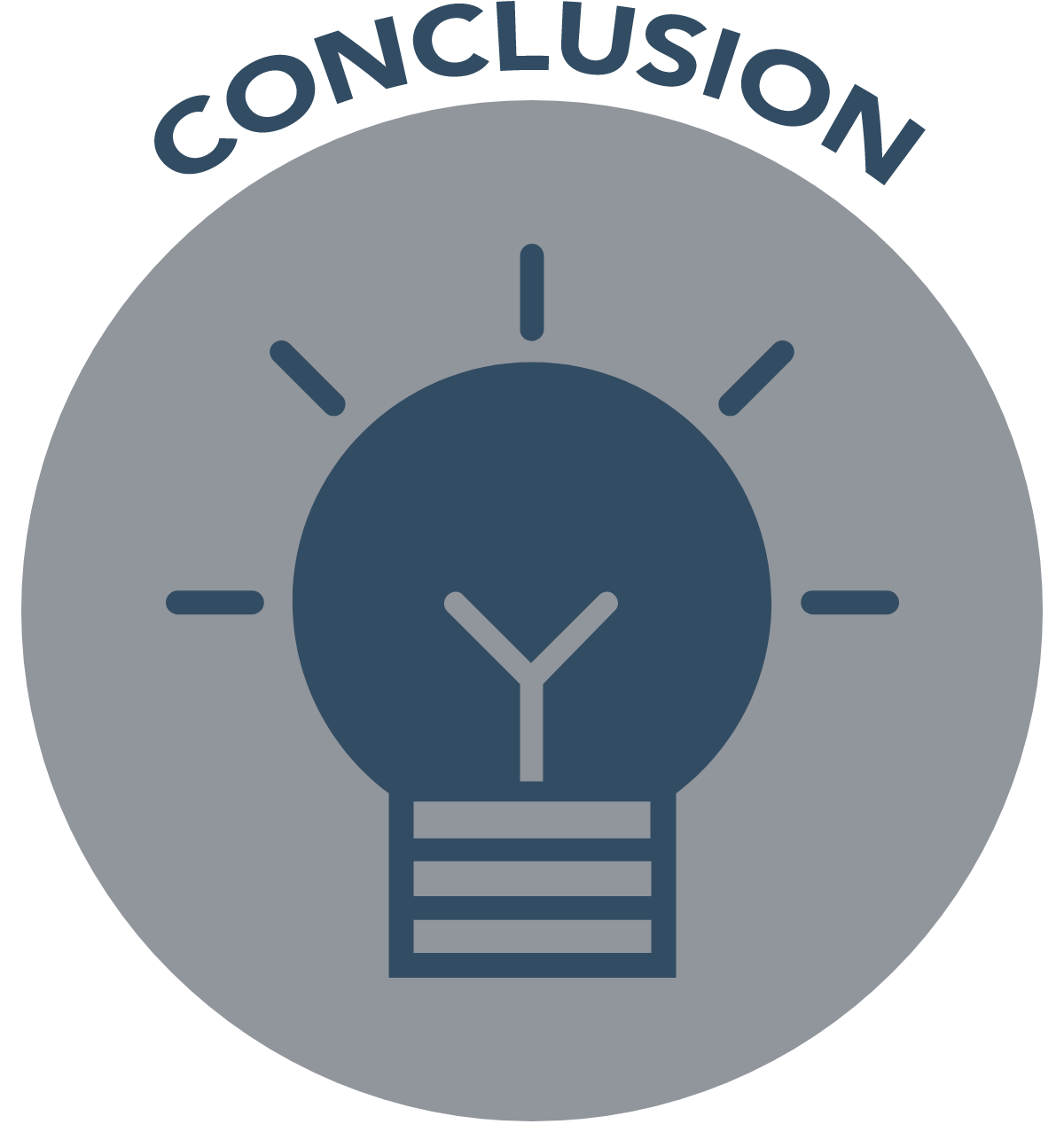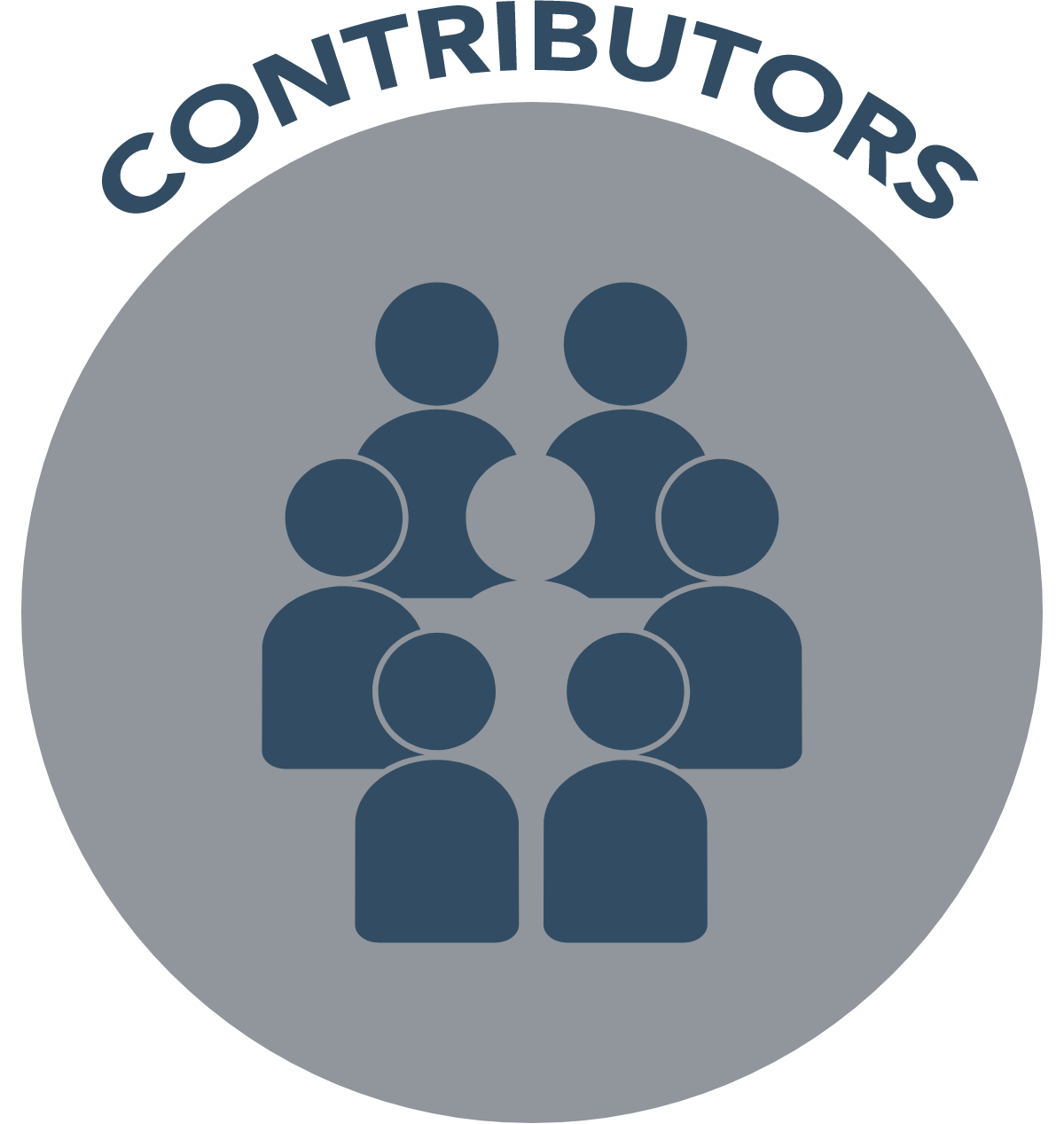INCLUSIVITY & ACCESS RESOURCE | CoAction Learning Lab
Framework for Stakeholder Inclusion in the Technology Planning Process
Introduction
The Framework for Stakeholder Inclusion in the Technology Planning Process aims to help institutional leaders cultivate inclusive educational technology selection and adoption processes by making stakeholders a core part of strategic planning. This resource was created by CoAction Learning Lab Community Partners to illuminate key considerations of three stakeholder groups — students, learning facilitators, and technology leaders — and recommends ways to incorporate their perspectives and needs throughout your own process.
Understanding a community’s evolving needs is core to serving it, and necessitates an open dialogue. Yet, a lack of stakeholder involvement is cited as one of the top reasons why technology initiatives in higher education fail. “All too often, the technology department of a college or university initiates a technology project — and obtains funding for it — without involving administration, faculty, staff, students, and others who will potentially be affected by the outcomes of the technology project.”2
“It is important to me that I have a say in the technology …because this technology has the ability to shape my future in so many ways both academically and professionally…. For the most part, technological changes are being made for the student, so I should have a voice in these changes. How successful would a company be if they didn’t listen to their customers? The students are the customers and the technology leaders are the company. The connection between these two groups is so important to ensure the most successful future for educational technology.”
-Carly Siegle, Penn State Student, 2019
Best practices from the fields of higher education, information technology governance, and business suggest that stakeholder inclusion is vital in and beyond educational technology decision-making processes.3 This insight, combined with the CoAction Learning Lab’s core values, form the foundation for the approach featured here.
The CoAction Learning Lab’s core values (bolded below), many of which may be shared by your institution, call for stakeholder inclusion in the following ways:
Innovation Culture and Leadership
Institutions must foster a culture of innovation by supporting new initiatives from ideation to execution and engaging in ongoing strategic planning.
Authentic and responsible innovation necessitates a culture that values genuine engagement and thoughtful action. You set the stage for an innovation-conducive culture by recognizing and fostering the leadership of others, and approaching students, faculty, instructional designers, and unit technology leaders as peers in the co-creation of your institution’s future.
Digital Fluency
To meet the demands of and invent the future workforce, institutions must deepen faculty and students’ intuitive capacity to navigate, collaborate, and create in digital spaces, as well as develop an understanding of their responsibilities as global digital citizens.
By embedding students and learning facilitators early in the decision-making process, you create space for them to understand and help define approaches to use technologies meaningfully.
Effective Digital Pedagogies
Faculty and instructors must receive support from administrators to dedicate time and resources to augment their pedagogies to encompass digital technologies and practices.
Educators and learning designers are on the front lines; they must be able to integrate emerging tools into existing pedagogies and be on solid footing to create both new tools and pedagogies.
Student-Centered Learning
A flexible, forward-thinking approach to curriculum design and delivery puts students at the center and ensures that learners receive an education that is relevant in today’s world.
Putting students and their learning at the center necessitates understanding and reflecting their needs in and through the technology selected. This value encourages empowering students to be designers of their own learning (and the associated technology).
Inclusivity and Access
Global diversity must be celebrated through inclusive pedagogical practices that support a wide breadth of learner backgrounds and needs, with access to affordable digital technologies, open resources and credentialing methods.
This approach strives to make educational technology decisions more inclusive of the perspectives, needs, and experiences of all users. It is this value that motivates the CoAction Learning Lab in producing this resource.
Communities and Partnerships
To break down higher education silos, robust digital communities must be architected in which institutions continuously gain insights into best practices from shared exemplars.
Making stakeholder inclusion a core part of your processes can spark an institutional culture of inclusion, collaboration across silos, and more authentic partnerships. One key in enacting this value is meeting stakeholders and partners where they are.
1 Kubilus, 2016
2 Kubilus, 2016, Lack of Stakeholder Involvement section, para. 1
3 Bloch, Blumberg, & Laartz, 2012; de Luque, Washburn, Waldman, & House, 2008; Kubilus, 2016; Molina, 2017; Springman, 2011; Washburn, 2009; Woodward, 2018
How do I Use this Resource?
The Framework for Stakeholder Inclusion in the Technology Planning Process is designed to complement and add value to institutions’ IT governance, teaching and learning innovation, and strategic planning efforts. This resource can be leveraged when a challenge or need has already been identified for which you are seeking a technology to enable or accelerate a solution and when you have a technology that you wish to explore or implement. Insights into stakeholder needs and recommendations for stakeholder inclusion are organized into four phases of the technology planning and adoption process:
- Defining the Initiative
- Investigating Solutions
- Adopting a Solution
- Reviewing + Iterating
At each stage in your process there is a place for stakeholder voices, and this framework identifies those opportunities. If your process differs significantly from this one, the insights in this document will assist you in infusing stakeholder inclusion into your approach.
While most technology planning and adoption projects go through these phases, it is important to note that there is not a finite conclusion to this process as iteration is paramount. The fourth stage, Reviewing and Iterating, is continuous and may ultimately lead to a new cycle that modifies or even reinvents a solution. It is important to keep in mind that some solutions will need to be tailored to their specific context and implementation may need to vary within an institution; a solution that works in one classroom might not work exactly as expected in another.
Recommended Uses
- An entry point for the exploration and consideration of stakeholder needs specific to your institutional context/proposed technology, particularly as it advances one or more of CoAction Learning Lab’s six values
- Foundational material to facilitate understanding between stakeholders
- A foundation to continuously explore the context-specific technological and stakeholder considerations
- A tool to bridge the sometimes conflicting or formerly undefined/unarticulated priorities of various stakeholders
The ultimate vision is for representatives from all three stakeholder groups (students, learning facilitators, and technology leaders) to be included throughout the decision-making process. Recognizing that this level of stakeholder involvement may not always be possible in practice, the Methodology section contains a starter exercise for empathetically considering stakeholder perspectives.
Below are definitions of key terminology used in this resource.
Technology Leaders. People co-responsible for recommending and adopting technology solutions at the unit, department, or enterprise level.
Learning Facilitators. People responsible for creating and delivering learning experiences to students, including faculty (adjunct, tenured, part-time, full-time), instructors, instructional designers, teaching assistants, teaching graduate students, and learning engineers.
Students. People formally enrolled in higher education institutions who are seeking a degree(s) or credential(s), including alumni who were previously enrolled.
Vendors. Technology providers (corporations and other entities) that sell and/or provide technology-enabled products, tools, and platforms to higher education institutions.
Key Takeaways
The Framework is designed to assist higher education leaders in driving successful and inclusive education technology initiatives by making stakeholder inclusion a core part of the technology processes.
Stakeholder groups:
- Students
- Learning facilitators
- Technology leaders
At each stage in your process there is a place for stakeholder voices:
- Defining the Initiative: Obtain a complex picture of the relevant stakeholder needs and opportunities.
- Investigating Solutions: Consider the ease of meaningfully using the new technology for all stakeholders.
- Adopting a Solution: Prioritize the user experience of adoption and use.
- Reviewing + Iterating: Revisit the defined need and follow up with stakeholders. This phase is continuous and may ultimately lead to a new four-phase cycle.





